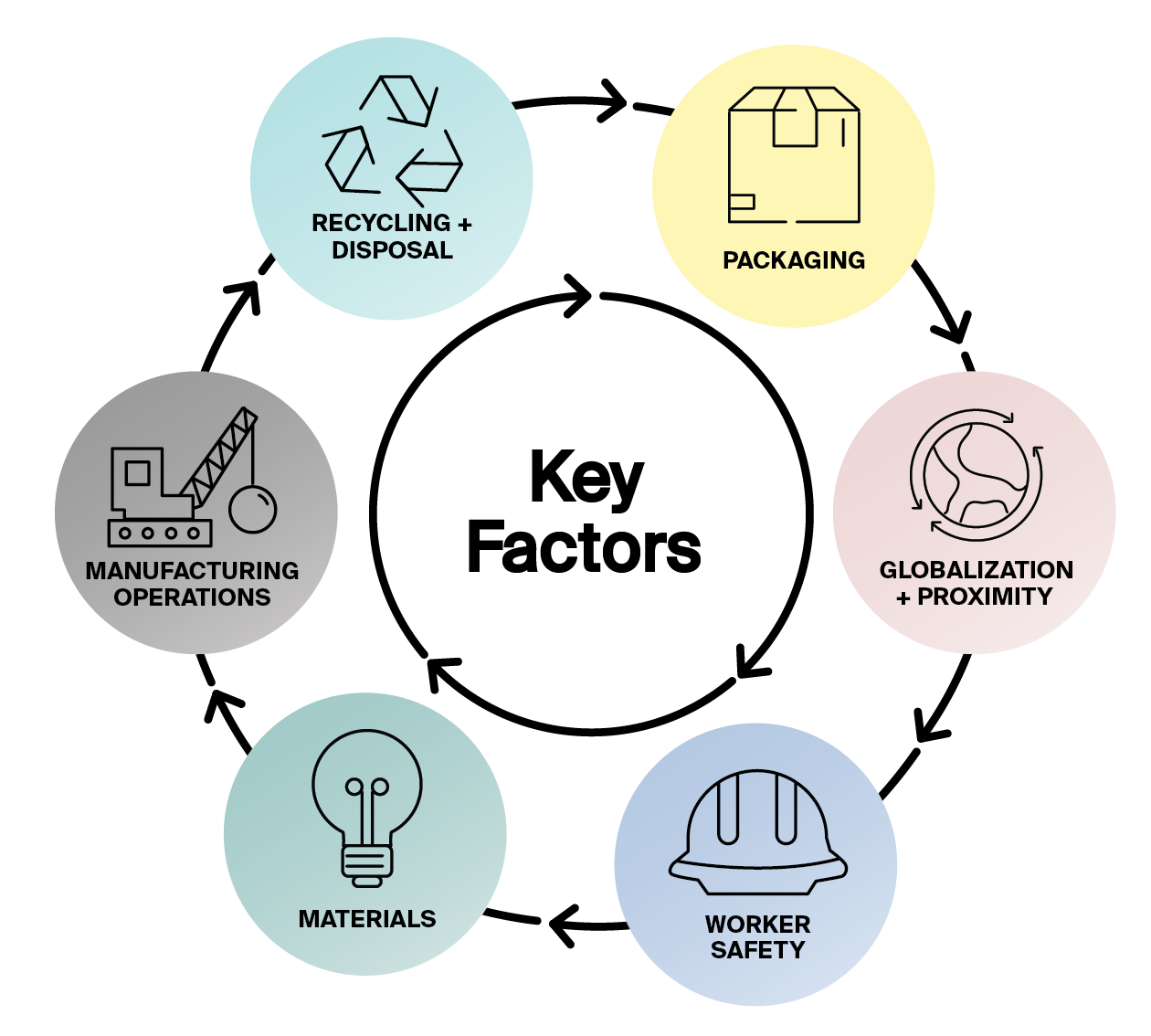Luma’s ongoing research and development study, Light on Waste, delves into the topic of embodied carbon and waste streams to look at the true environmental impact of lighting design. The construction and design industry is at a turning point in the transition to sustainable, low-impact building materials and processes. Circularity, carbon neutrality, and human-centered design are moving from the periphery of priorities to the forefront of design process and policy.
As the research demonstrates, the lighting industry still has work to do. The advent of LED lighting has resulted in significant carbon emission savings, at 25-80% more efficient than traditional lighting sources. However, data on embodied energy, carbon impact, and waste stream is extremely limited. As a result, light fixture life cycle analysis, material sourcing information, and waste reduction processes are not taken into consideration in most current building sustainability standards or policy.
A key challenge in developing a truly sustainable light fixture is that typical light fixture components are comprised of finite resources, requiring energy-intensive extraction in often politically unstable countries. Due to the specific nature of their design, there are not alternate options available for LED sources and electronic components. As a result, the embodied emissions of LED light fixtures have a significant impact on the overall carbon emissions of a building.
Additionally, recent technological advances in control systems and luminaire optics are often not utilized to their full potential. Luma’s designers are hard at work to address ways in which spaces can be designed and commissioned to maximize operational efficiency.
Light on Waste speaks to new and developing approaches of looking at LED lighting from a different lens. It is time to close the finite resource loop.
- 1
- 2
- 3
- 4



